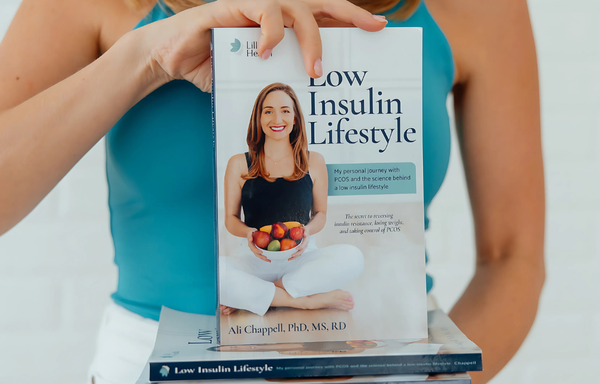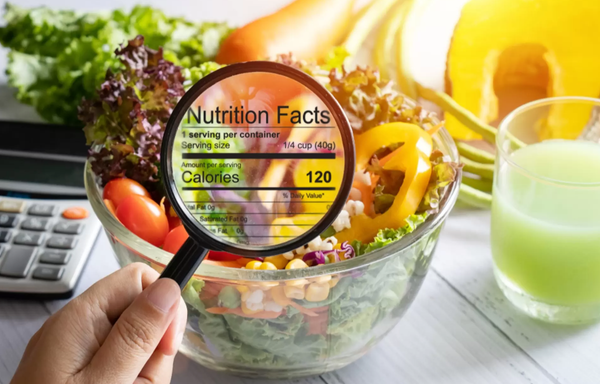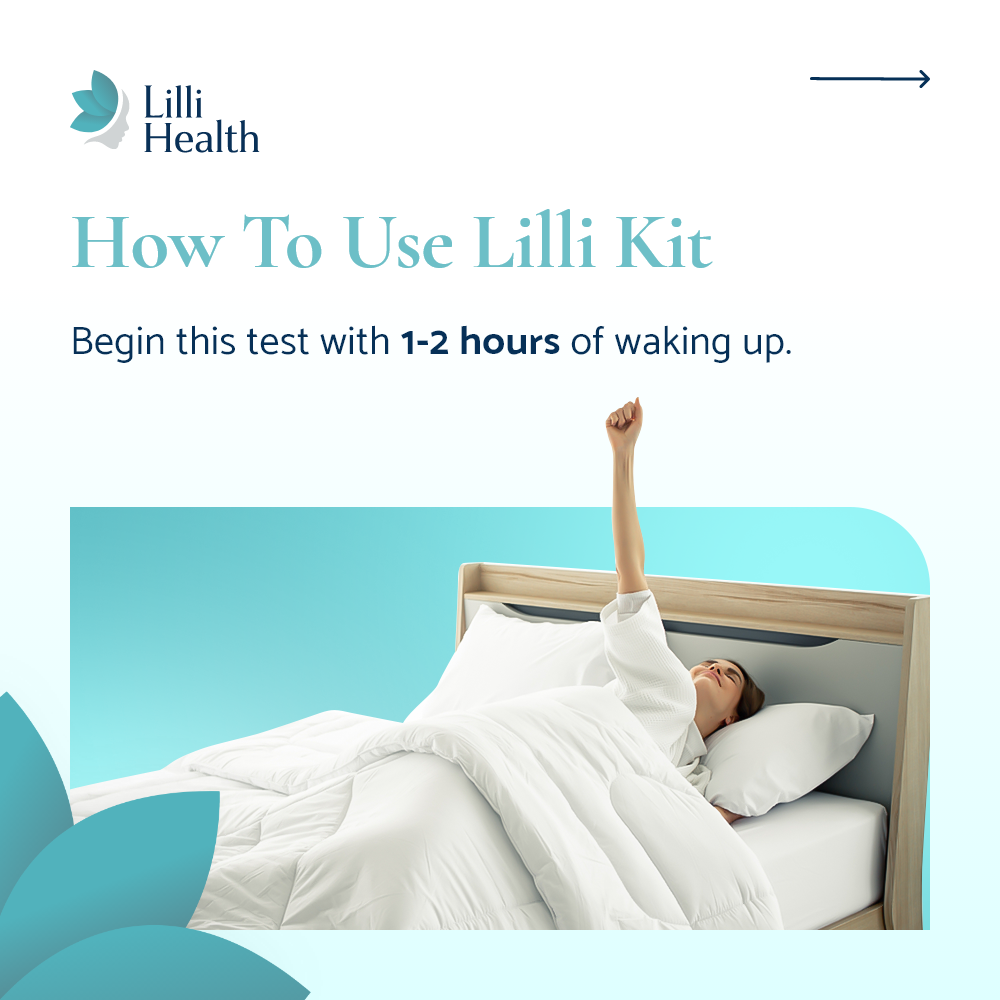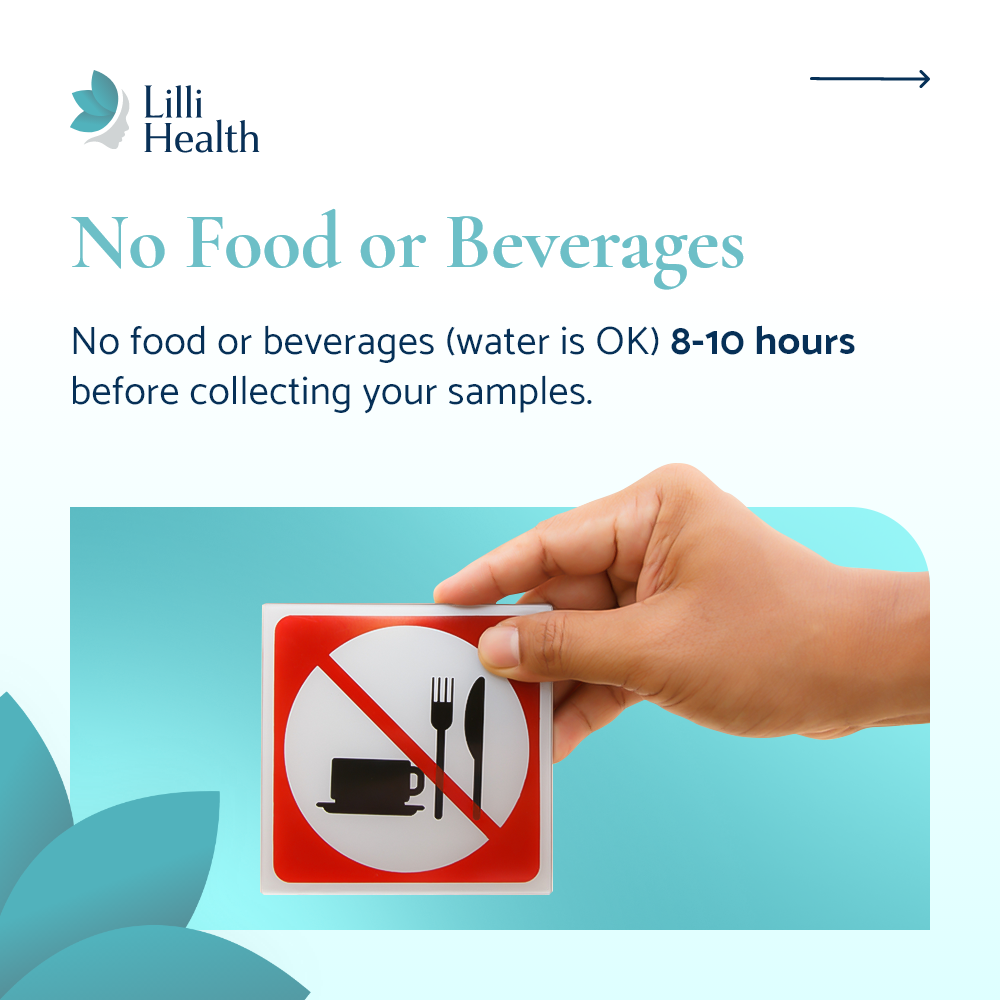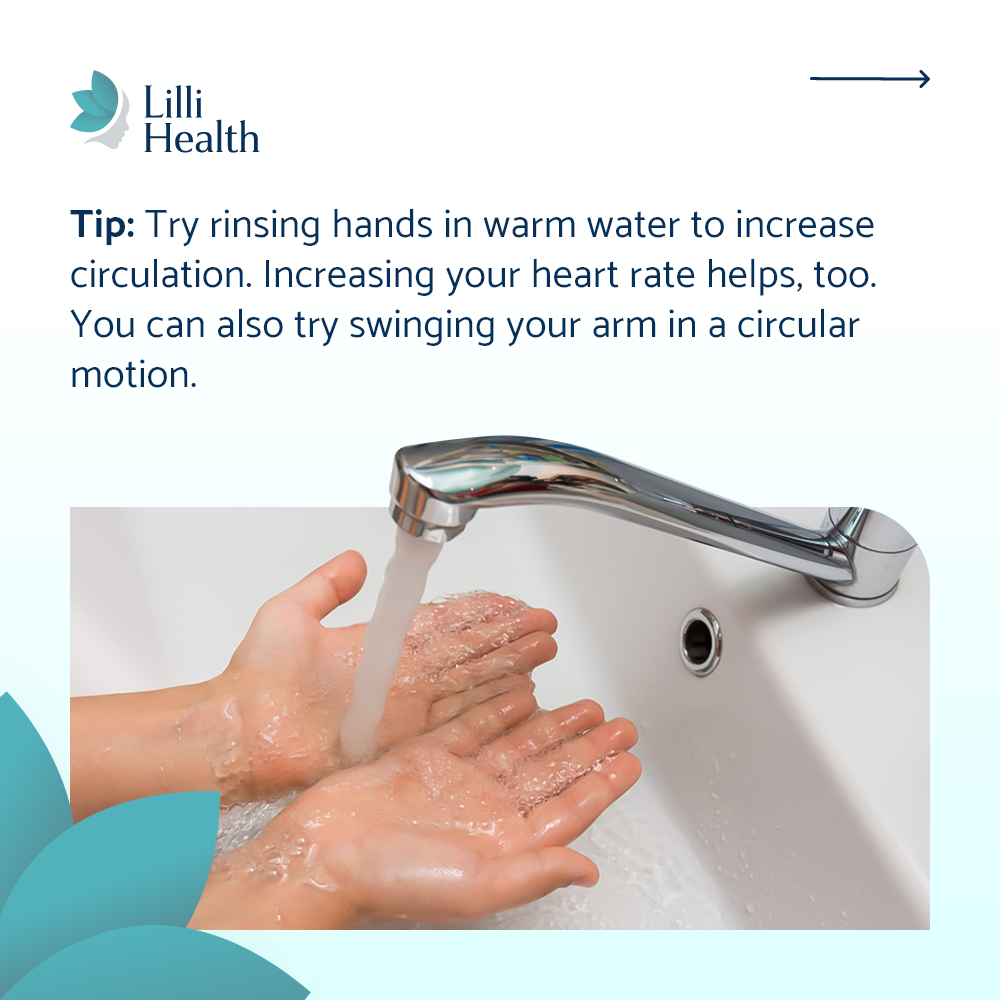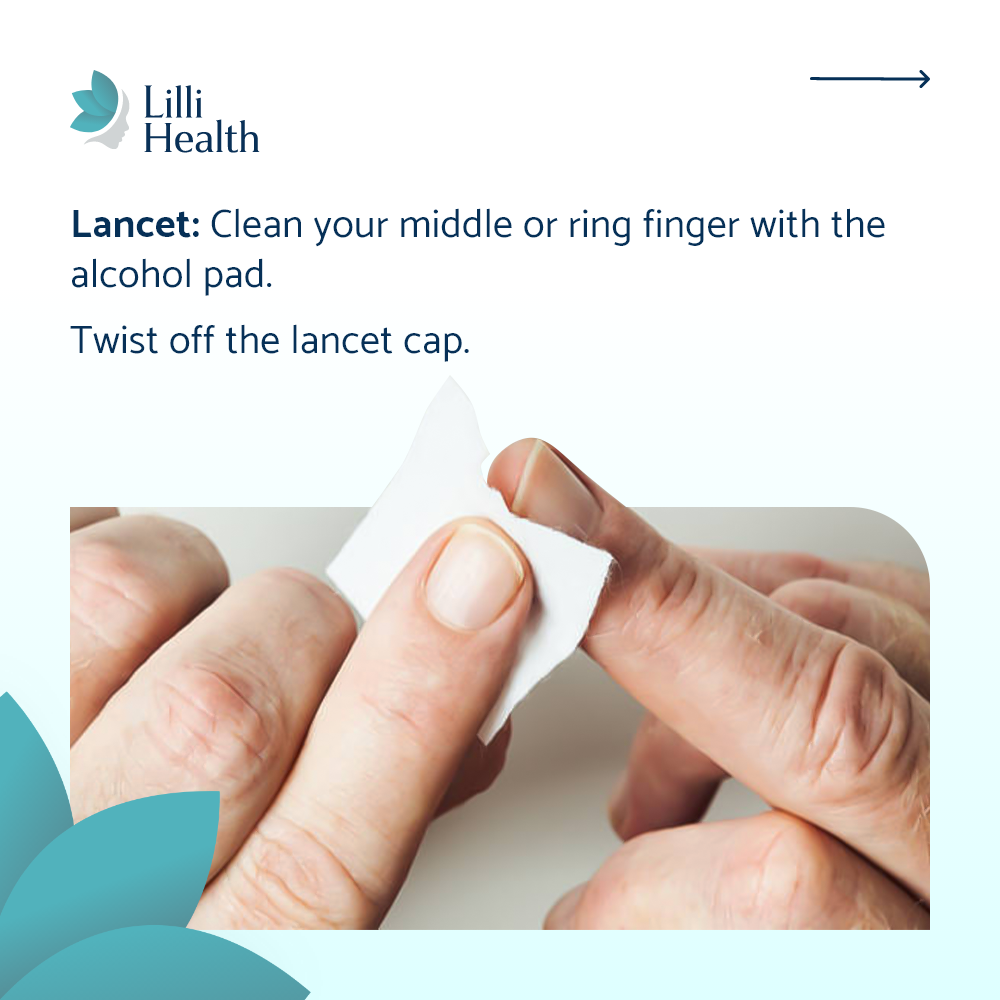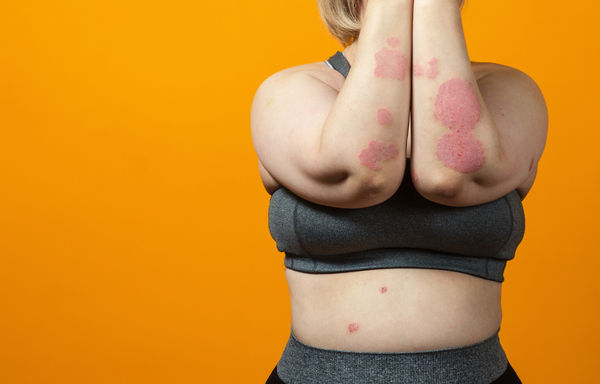

Psoriasis: When It’s More Than Skin Deep
Most people think of psoriasis as just a “skin issue.” You get red, scaly patches, they flare up, maybe they itch, and you’re told to use a steroid cream or get a biologic injection. But for many people with psoriasis, it’s not just about the skin. And it’s not just about the immune system either.
The real root may go deeper—into your metabolism.
Let’s talk about how insulin resistance could be the missing piece of the puzzle.
What Is Psoriasis?
Psoriasis is an autoimmune skin condition where the body’s immune system speeds up the growth cycle of skin cells. Instead of skin turning over every few weeks, it happens every few days—leading to the buildup of thick, red, scaly plaques on the skin.
It’s often treated with creams, light therapy, or immune-suppressing medications, but these only manage symptoms. They don’t actually address what’s driving the inflammation.
The Link Between Psoriasis and Insulin Resistance
Here’s something most doctors don’t tell you:
People with psoriasis have much higher rates of insulin resistance, even when they don’t have diabetes or elevated blood sugar.
In fact, studies show that:
- Psoriasis severity often increases with higher insulin levels.
- Even lean patients with psoriasis have signs of insulin resistance.
- Psoriasis is an independent risk factor for heart disease—which we now know is largely driven by high insulin.
This means insulin resistance could be silently contributing to your psoriasis, your fatigue, your weight gain, your joint pain—and no one’s ever tested for it.
So, What’s Going On?
High insulin levels create inflammation in the body. Psoriasis is inflammation showing up on your skin.
That inflammation:
- Overstimulates the immune system
- Triggers more rapid skin cell turnover
- Worsens flare-ups and delays healing
It’s like pouring gas on a fire that’s already burning.
You can put a cream on the flames, but unless you turn off the gas, it’s just going to keep coming back.
Why This Matters
If you’re only treating psoriasis with surface-level solutions, you’re missing a huge opportunity to get to the root.
Lowering insulin levels may not be the magic pill, but it often makes a big difference. Inflammation goes down. Skin improves. Flares become less frequent. And your whole body feels better.
You might even realize that psoriasis wasn’t just a random autoimmune issue.
It was your body’s way of waving a red flag that something deeper needed attention.
The Bottom Line
If you’ve tried every cream and nothing sticks…
If you’re managing symptoms but never actually feel like you’re getting better…
If you’ve never had your fasting insulin tested…
It might be time to look beyond your skin.
Insulin resistance is more common than you think—even in people who seem otherwise healthy (it affects 89% of US adults). And the good news is that it’s reversible. A Low Insulin Lifestyle is one of the most powerful tools you can use to lower inflammation and give your body (and your skin) what it needs to heal.
References
Gyldenløve M, et al. Patients with psoriasis are insulin resistant. J Am Acad Dermatol. 2015. Read more
Chan AA, et al. Association between baseline insulin resistance and psoriasis incidence: the Women’s Health Initiative. Arch Dermatol Res. 2022. Read more
